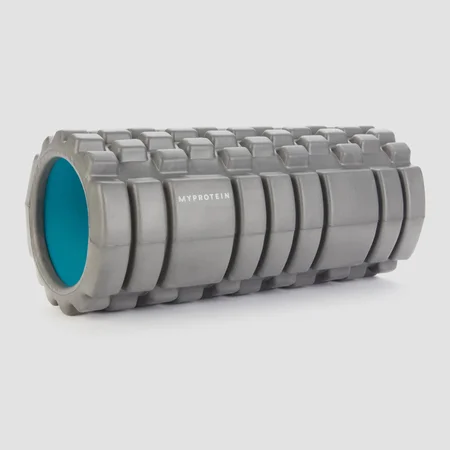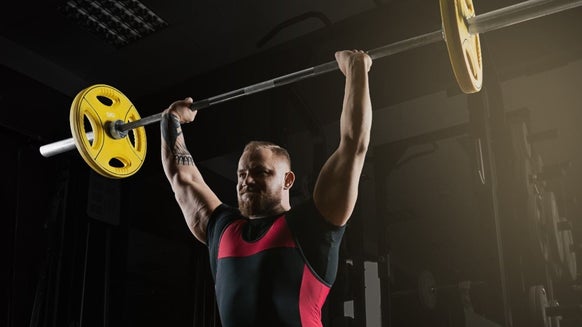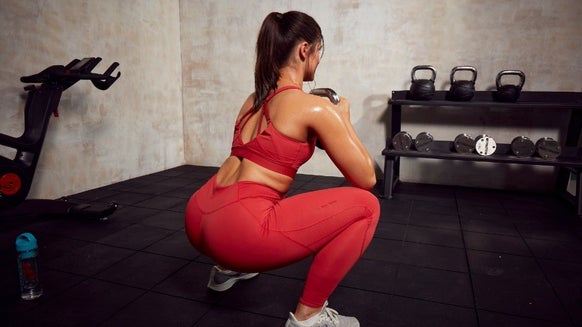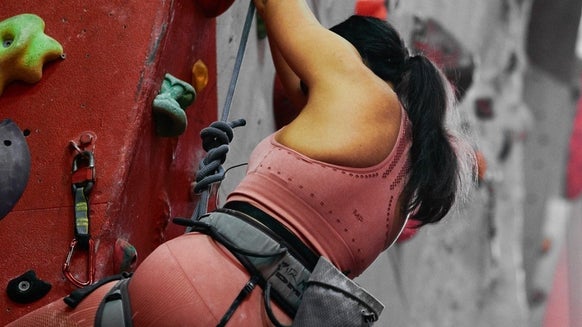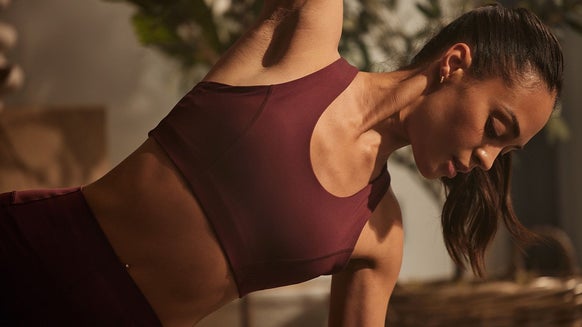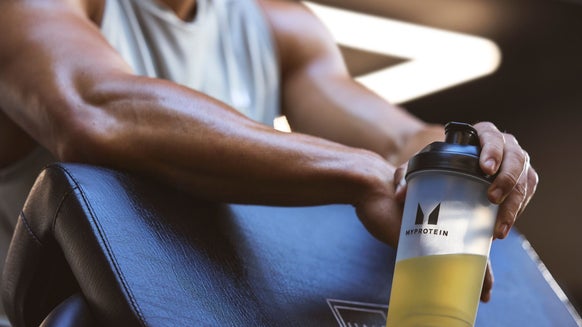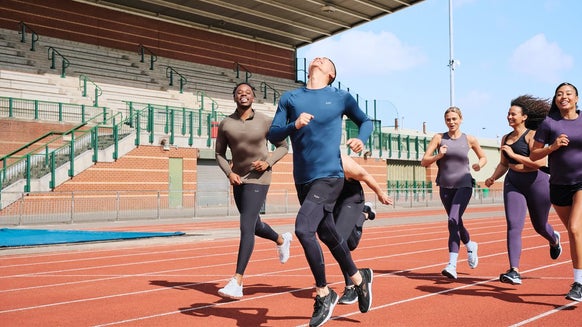TRAINING
Stretching Exercises to Improve Flexibility
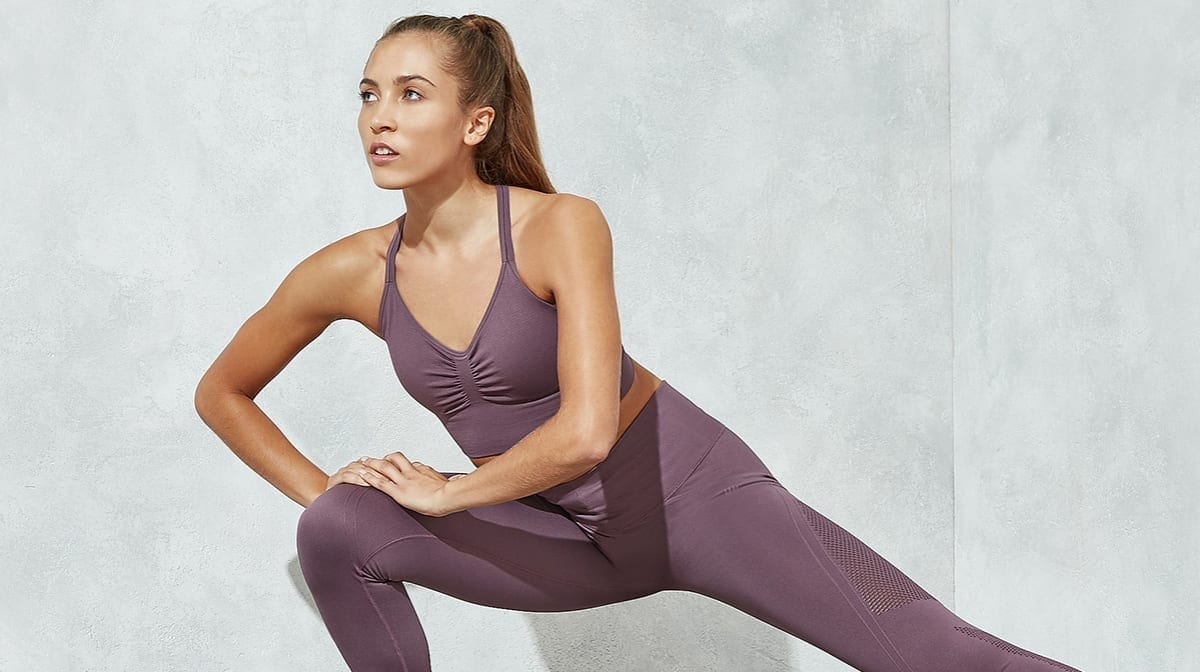
1. Wide-legged fold
2. Figure Four
3. Wide Squat with a twist
4. Kneeling Hip Flexor
5. Interlaced Forward Fold
6. Standing Tricep Stretch
7. Twist Arm and shoulder stretch
8. Wide straddle with forwarding fold
9. Cat-Cow
10. Y and T Superman stretch
£19.99
Was £28.00
Save £8.01
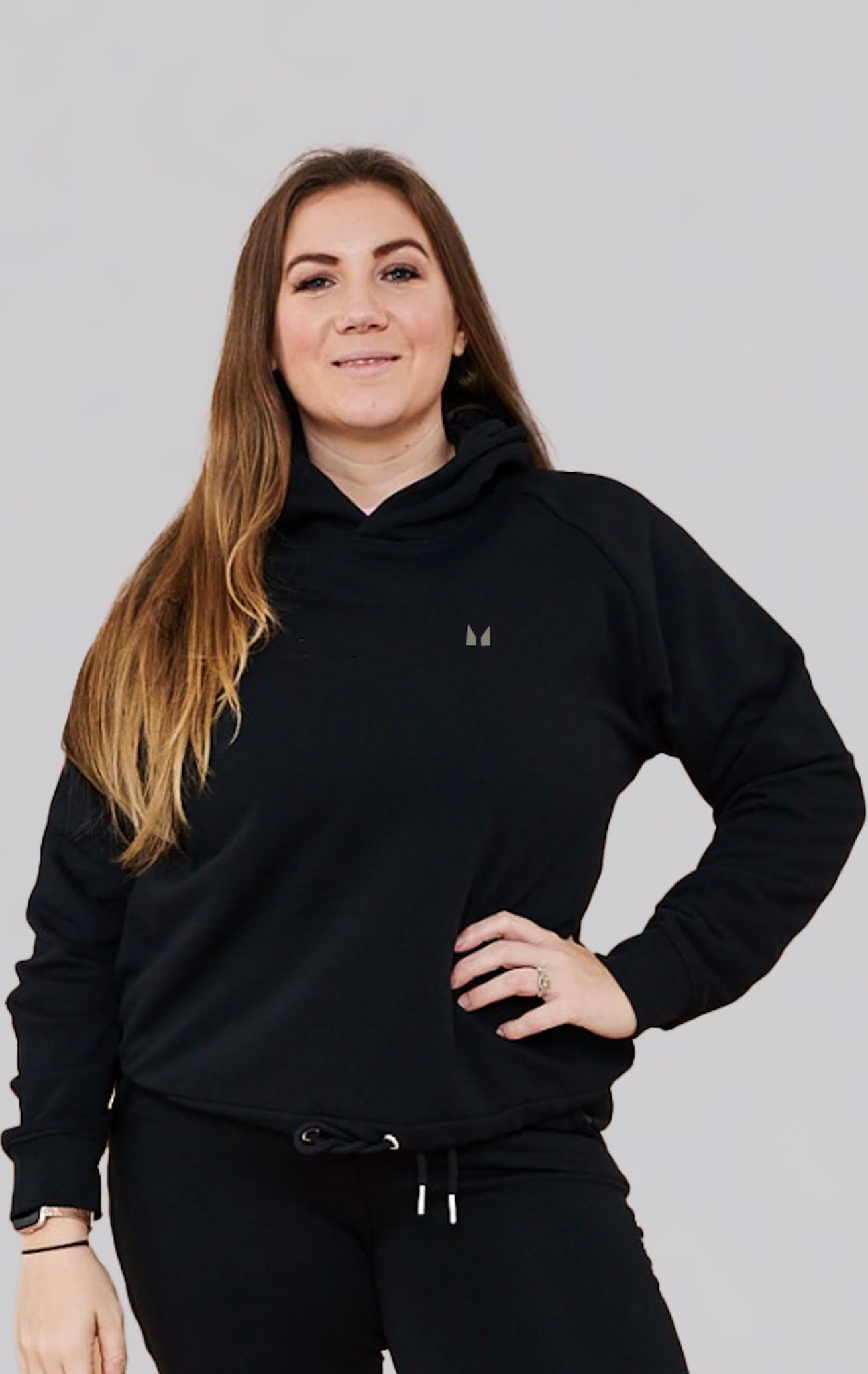
Amy Golby Level 3 Personal Trainer
